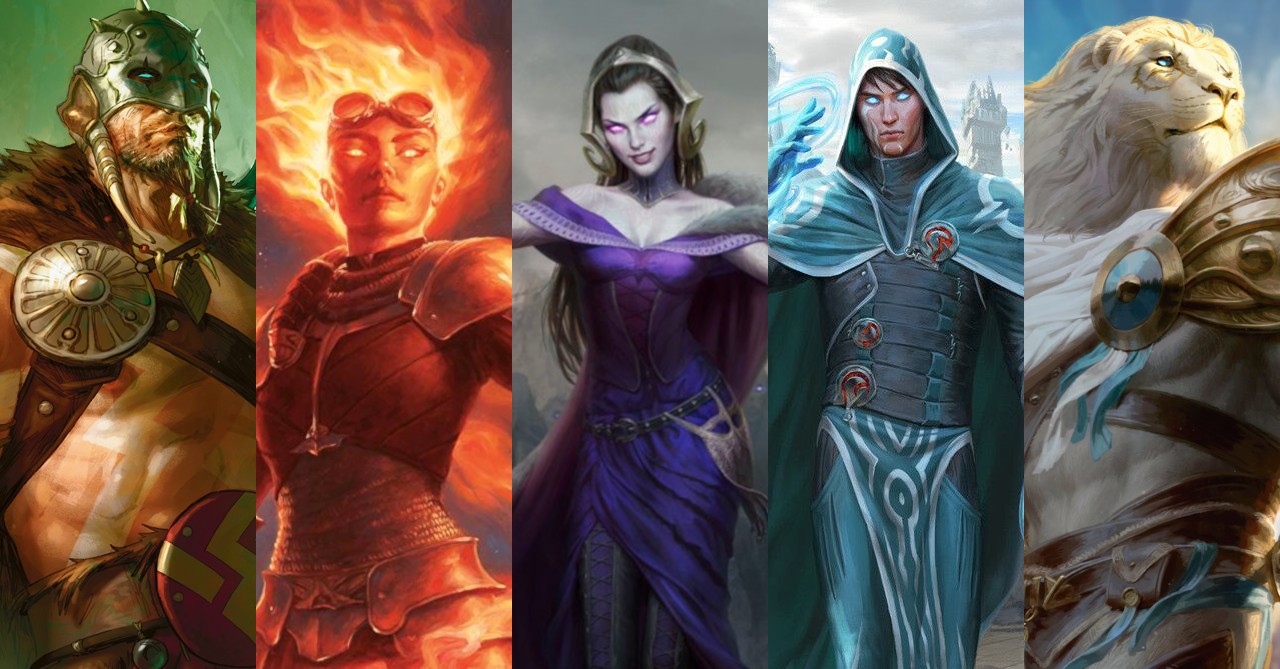
The introduction of Planeswalkers in Magic: The Gathering (MTG) was a groundbreaking moment in the game’s history, and it significantly altered the way the game was played. Planeswalkers were first introduced in the Lorwyn set in 2007, and their unique mechanics and power made them one of the most notable card types in MTG.
Gameplay Impact of Planeswalkers:
New Strategic Layer:
- Planeswalkers introduced a whole new dimension of strategy to the game. Unlike creatures, Planeswalkers could use Loyalty abilities once per turn, providing players with repeated effects without needing mana each time. Players had to manage Planeswalkers’ loyalty counters carefully and make decisions about when to “protect” them by blocking or attacking opposing creatures. This added a pseudo-battlefield presence separate from creatures or enchantments.
Game-Changing Abilities:
- Planeswalkers often came with multiple abilities, typically including one that incremented their loyalty (usually an incremental advantage) and a powerful “ultimate” ability that could swing the game dramatically. For instance, Jace, the Mind Sculptor had four powerful abilities, one of which could control an opponent’s draw and another that could exile their library.
Shifting Threat Priorities:
- Before Planeswalkers, creatures were often the primary battlefield threat. However, after their introduction, players had to reconsider their target priorities. Planeswalkers could be directly attacked by creatures, meaning that players now had to decide whether to attack their opponent or their Planeswalker. Similarly, removal spells and damage that could target Planeswalkers became critical for keeping these powerful cards in check.
Board Control and Value Engines:
- The ability of Planeswalkers to generate ongoing value each turn without further mana investment made them excellent value engines. Cards like Garruk Wildspeaker and Ajani Goldmane allowed players to control the board while setting up for larger, game-ending moves. The recurring nature of their abilities often pushed players to build decks that revolved around keeping them on the battlefield.
New Counterplay and Removal Options:
- Planeswalkers’ introduction also led to the creation of new counterplay mechanics. Before their introduction, there weren’t many ways to deal with Planeswalkers other than attacking them directly. Wizards of the Coast later introduced cards like Hero’s Downfall and Vraska’s Contempt—which could specifically destroy Planeswalkers—in response to how powerful they had become in the metagame.
Early Reception of Planeswalkers:
When Planeswalkers first appeared, they were a significant shift in Magic’s card design philosophy. Many players were excited about the new mechanics and the fresh gameplay challenges they posed. At the same time, their power level made them both loved and controversial. Early Planeswalkers like Jace, the Mind Sculptor and Liliana of the Veil quickly rose to dominance in competitive play and became staples in many formats, further solidifying their place in Magic’s evolving meta.
Planeswalkers in Later Sets:
As Magic grew, Planeswalkers became a central part of the game’s storyline and mechanics. Many new sets introduced Planeswalkers as flagship cards, tying their powers into the flavor and mechanics of each world or story arc. Sets like War of the Spark even centered entire expansions around these powerful figures, introducing multiple Planeswalkers into the game with lower starting loyalty or static effects to push the boundaries of their design.
In summary, the introduction of Planeswalkers with Lorwyn revolutionized Magic: The Gathering by adding powerful, repeatable abilities that forced players to adjust their strategies, prioritize new threats, and rethink board control. Planeswalkers became some of the most iconic and impactful cards in the game, leaving an indelible mark on how Magic was played competitively and casually.
